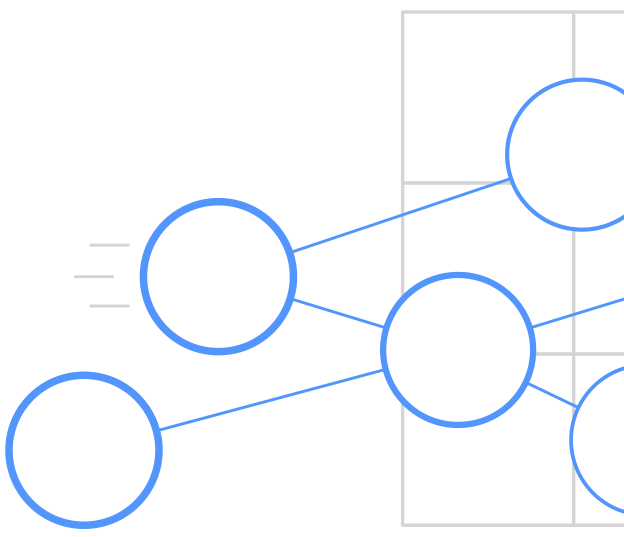 Simit
Simit
A language for computing on sparse systems
Getting Started
In Simit you compute on graphs using linear algebra on vectors and matrices. For example, to write a physical simulation you model your physical system as a graph, assemble global vectors and matrices from this graph, and then compute on these using linear algebra. The Simit programming system consists of a programming language and a C++ API. The design is similar to the OpenGL API, with graphs instead of triangle meshes and Simit programs instead of shaders.
The apps Directory in the Simit release contains examples of complete Simit programs. These are easy to build and should help you get started.
The Simit Programming Language lets you write programs to compute on graphs using linear algebra. It is an imperative language similar to Matlab, with standard control flow and linear algebra statements. However, it also has a novel assembly language construct that lets you assemble global vectors and matrices from your graphs. This construct is a key to Simit’s simplicity, performance and portability. It makes it easy to assemble vectors and matrices without indexing bugs. It also lets the Simit compiler and runtime reason about where matrices come from, what similarities they share and how they relate to graphs, which they use to optimize for performance.
The Simit C++ API lets you interact with Simit. You use it to construct graph data structures, to load and compile Simit programs, and to run them on the graph data structures. Graphs are built from vertex and edge sets and all set elements can have scalar or dense vector, matrix or higher-order tensor fields.